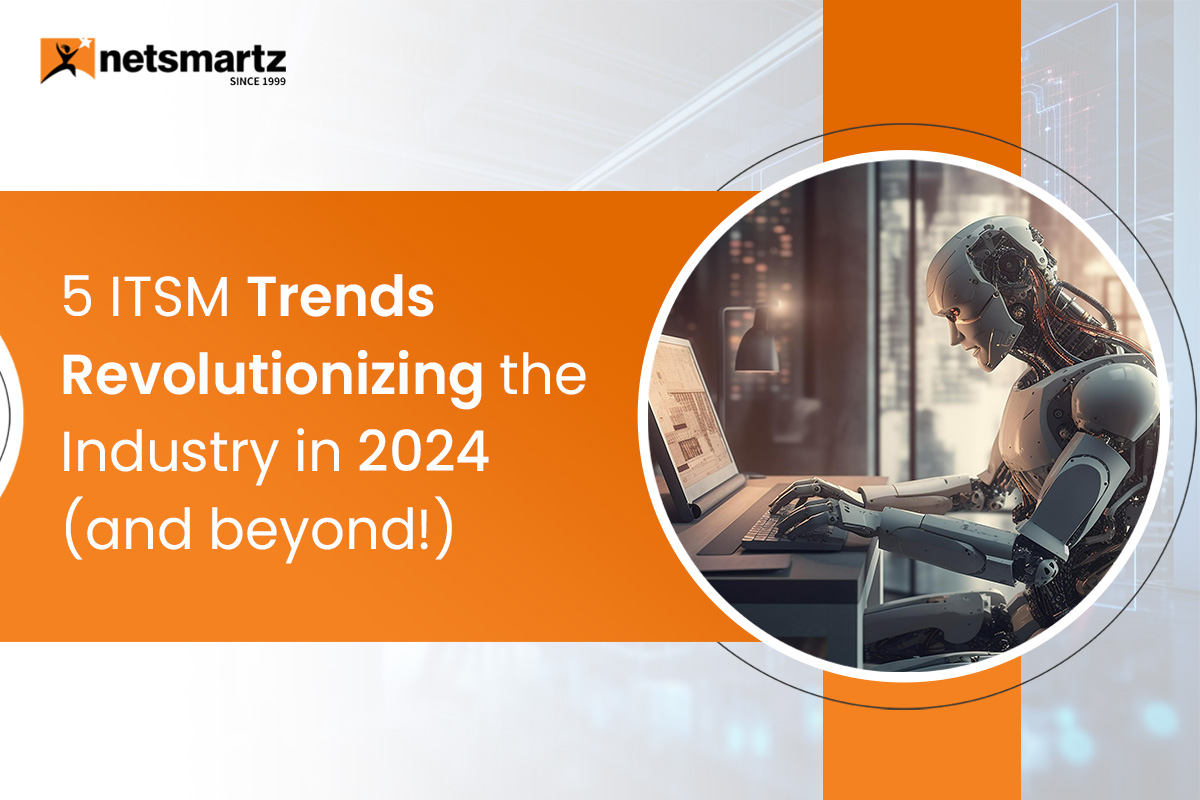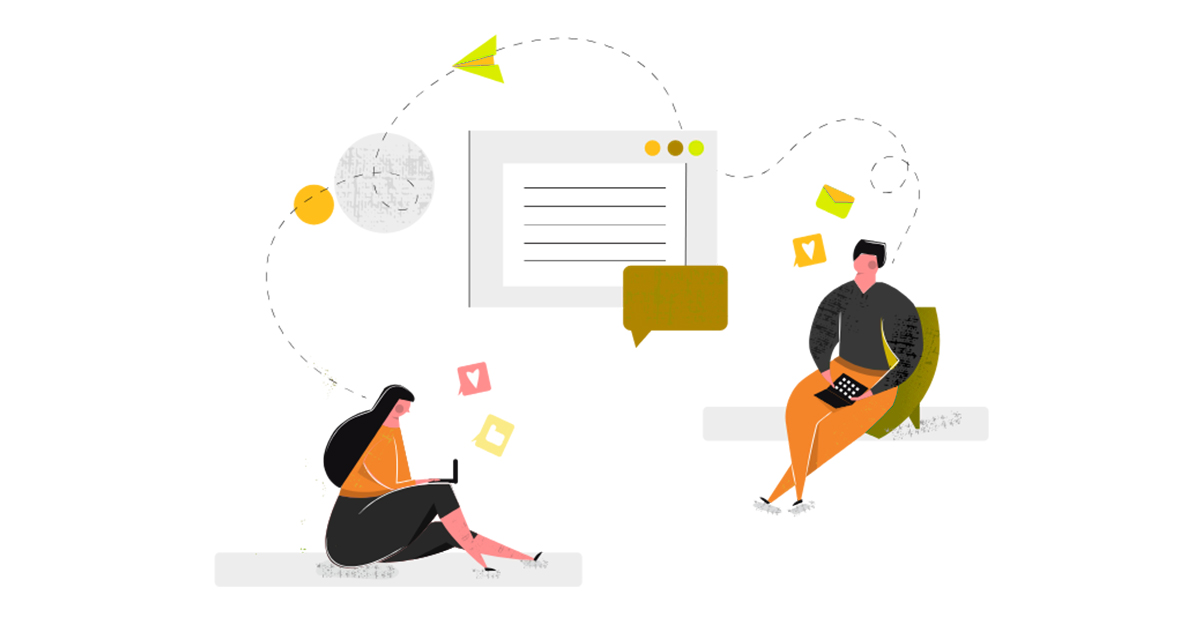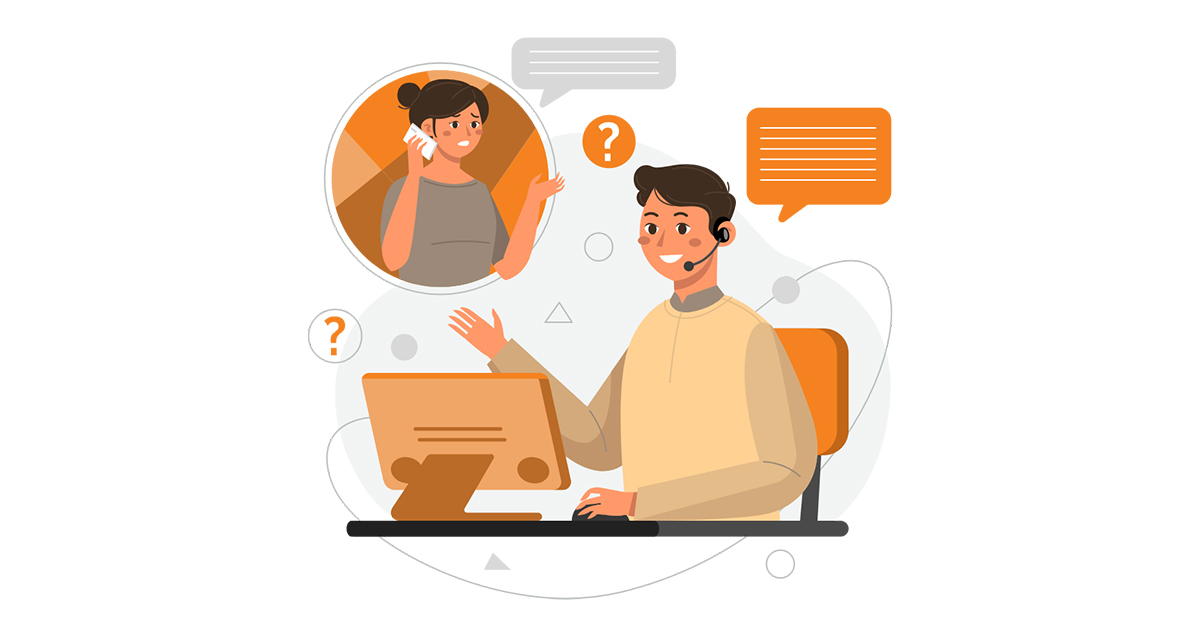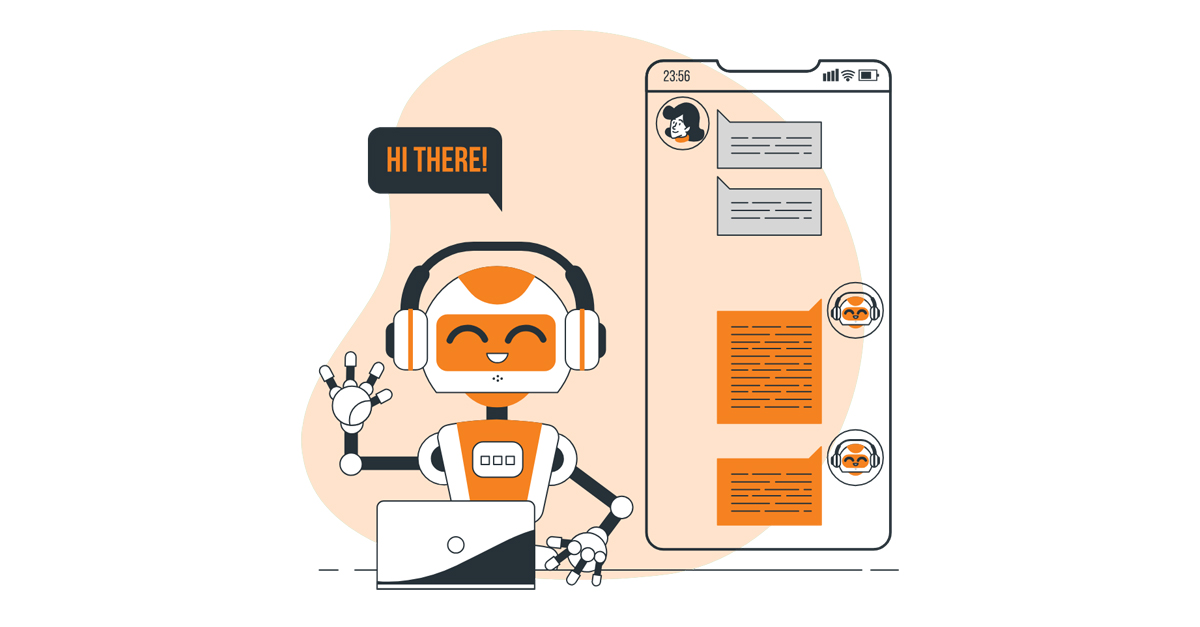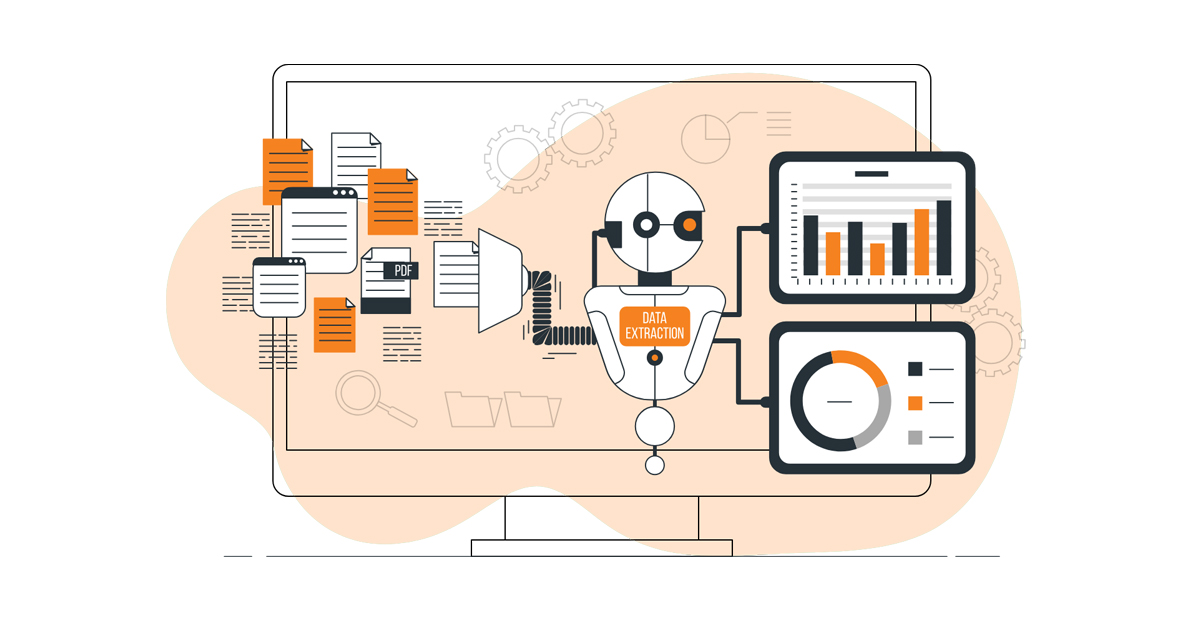Thanks to the growth of cloud technology, many industries have started relying on SaaS. Software as a service is rapidly becoming the preferred method of delivering core business applications. In this regard, SaaS products are thriving and gaining popularity.
Why? It solves problems such as no installation, configuration, updates, and compatibility.
Whether you are a startup or an enterprise business planning to create a SaaS application, it’s crucial to understand all the elements of SaaS product development.
Even traditional on-premises software vendors are developing SaaS products and are often expanding their offerings by acquiring SaaS companies.
So, to understand how to build a SaaS product, here is a comprehensive guide on SaaS product development.
Quick Note: By hiring Netsmartz as your reliable SaaS development company, startups and small vendors can leverage highly flexible solutions and opportunities to upscale their businesses.
Statistics Showing the Rising Market Demands—
The cloud computing market is expected to reach USD 1369.50 billion by 2028.
According to MarketWatch, the global SaaS business will be worth $703.19 billion by 2030. During the projection period of 2022 to 2030, it will increase at a compound annual growth rate (CAGR) of 18.83%.
By 2022, the market for SaaS products is projected to reach $94.4 billion, demonstrating the rapid growth of SaaS-based businesses.
In 2026, the demand for SaaS solutions will reach $307.3 billion due to the proliferation of smart devices and public or private cloud services.
SaaS products aren’t all successful.
For a SaaS product to succeed, product success managers need to identify and incorporate a variety of factors.
Basics first.
What is a SaaS Product? An Overview
SaaS (software-as-a-service) is a cloud provider providing applications to end users over the internet. It helps businesses provide ready-to-use software solutions—like Slack, GSuite, and Salesforce—on a subscription basis.
With a web browser and an internet connection, the customer can access the software needed on any device. SaaS allows you to save on costly hardware because the data and applications are stored in remote data centers.
As a result, SaaS users need not worry about maintenance, compliance, or security. In the long term, SaaS development will be cheaper.
Here you can listen to a podcast explaining why SaaS is so important.
Below are the points explaining how SaaS solutions benefit different businesses:
- Startups and small businesses will benefit from SaaS if they lack the time, capital, or expertise to build their applications.
- Large companies may use SaaS technology for short-term projects or applications.
- Using SaaS technology for web and mobile applications can benefit any company.
SaaS offers several advantages to organizations, including flexibility and cost savings. SaaS vendors handle the tedious tasks of managing, installing, & updating software, enabling employees to focus on other tasks.
As per Gartner’s research, the following figures illustrate the growth of the cloud worldwide market from 2020 to 2022.

How to Build a Great SaaS Product from Scratch
SaaS technology allows developers to build platforms that connect apps, integrate Internet of Things (IoT) solutions, and analyze big data. The IoT & big data are considered the two most popular technology trends. Thus, learning how to build a SAAS product is highly beneficial.

Let’s check out this step-by-step guide —
Step 1: Study the Market
As a business owner, you must first consider whether it makes sense to develop a SaaS product.
The brainstorming phase of the SaaS app development process is crucial. Analyze the market segment you intend to enter, taking into account its trends, technologies, and target market.
Moreover, do thorough research on the wants and needs of your target audience.
Ideation also includes competitor analysis. Discover the weak points of your competitors so that you can better meet your customers’ needs by studying the existing applications in your segment.
You must comprehend the industry environment before you begin developing your SaaS program. Ask the right questions, such as:
Who are your target customers?
What are their pain points?
Who are your competitors?
What distinguishing qualities do they have?
What business strategies do they use?
Who could buy from us?
What makes my product unique compared to others on the market?
This kind of market analysis will help you explore business opportunities and find ones that are preferable. Analyze your competitors’ successes and failures to understand how to build a cloud solution that will be in demand. It will enable you to develop appropriate strategies for SaaS development.
Step 2: Get Your Business Plan Ready
Once you get a clear vision of your business, it is time to jot it down on a whiteboard. It is imperative to create your own USPs instead of copying your competitors’ ideas.
A road map is essential if you think long-term, as we hope you are. You need a roadmap if you want your SaaS product to succeed in the ever-competitive market.
Here are some of the questions you must address in your business strategy—
- What is your business’s USP (Unique Selling Point)? Here, you outline the precise functions of your SaaS solution. Reduce all of your concepts to a single, catchy USP.
- How will your SaaS product be monetized? You should outline subscription plans, product upgrades, and other revenue sources in your company plan.
- What are your strategies for reaching your target audience? Businesses must include the marketing strategy in their business plan. Your choice of marketing channels, such as social media, paid partnerships, and content marketing-everything, should be included in the project.
- How much funding do I need for my project? As your SaaS product grows, you are bound to go for Series A & Series B rounds of funding or pitch potential investors for your product. Crowdfunding is another exciting option, but your marketing team must be on top of their game.
Step 3: Build Your Team
A successful SaaS team requires developing an effective sales strategy that works and finding suitable candidates for the job. Every SaaS startup must build a strong team with the right talent to increase sales and expand the market share.
Microsoft’s Bill Gates had a lesser-known partner in crime, Paul Allen. You also need a flamboyant roommate who likes to network to get business. You need a go-to person as your co-founder. Still, it’s even more crucial to have the following team members:
- Product developers/designers
- Business Analysts
- Quality Analysts/Testers
- Marketing / HR / Finance
- Inside Sales Rep or Manager
Step 4: Build Your User-Oriented MVP
Now that you have a great product development idea in your hand. What next?
You need to start hashing out the code, shift your time between two different screens, and dream about days when your product will be used by happy customers worldwide.
But that’s not enough. You still need to build your MVP, which is not a fully-functioning product but a concept that the first few users can use to validate your idea.
The key objectives of a SaaS MVP are:
1. Test your idea & collect feedback
Gather feedback from early users and discover what they liked/disliked and what features should be added, removed, or updated.
2. Analyze the market
By collecting feedback from your potential customers, you will be able to determine whether your value proposition is in demand among your target market.
Here’s what you need to know:
Do users intend to use your SaaS app and several other products available on the market?
Does your SaaS product have sufficient demand?
3. Diversify your approach
MVP test both the features and the business concept of your SaaS application. You can define a better way to grow your business by gathering user feedback on your product’s idea.
MVPs enable businesses to collect end-user feedback & check whether customers are willing to spend their hard-earned money on your product. Once your MVP is built, you can move on to the next step— choosing the right tech stack.
Step 5: Choose the Right Tech Stack
Discussing the specifics of app development, your technology stack comprises the programming languages, various tools, and frameworks that power it.
Here is a list of options for your SaaS product without further ado.
Frontend: Javascript is used by modern SaaS products to create attractive apps accessed by millions of users. The frontend staff ensures that everything you see on the screen functions.
Backend: Backend development ensures that all your requests to and from a server are processed without issue. The backend team ensures that all requests made by the end user of your product are processed efficiently while remaining invisible.
SaaS host: This is the cloud service that can be anything from Heroku, Microsoft, or the grandfather of them all, Google, to Amazon Web Services (AWS), Heroku, or any other cloud provider.
Database: Carefully select this product component because it will house all your secrets (customer data). Your customer data can be stored using Postgres, NoSQL, or MySQL.
Step 6: Build, Ship, and Support
Last but not least, after building a SaaS product, you need a team of professionals who can translate your business idea into reality.
As your SaaS product has the right technical stack, it’s time to take action, which in this case, means building the product. Use the Agile methodology to create the product after making a clear development plan.
At Netsmartz, we help teams develop world-class products using Agile processes worldwide.
Once you develop & deploy your SaaS product, providing world-class support will ensure that your early customers can be your brand ambassadors. In B2B SaaS, customer testimonials differentiate success and failure. Word of mouth is vital in any B2B SaaS product’s success, and customer reviews are worth their weight in gold.
Here’s How Netsmartz Developed SaaS-Based Solutions for a Client?
We helped a client deliver SaaS-based Solutions to a US-based automobile title management firm.
The client was looking for a global technology partner to augment their existing software development teams. They partnered with Netsmartz to craft and develop their SaaS-based solutions, add development resources through our staff augmentation model, and get assistance in delivering a solution for their automotive, insurance, and financial services.
To read everything in detail about the company, the problem or challenges it faced, and the solution it received, here is the case study:
Final Thoughts
SaaS is undoubtedly becoming increasingly popular among small & medium-sized businesses (SMBs). That is not always easy, and it is essential to understand how this domain functions thoroughly. SaaS, however, may offer significant prospects and considerable benefits in the future.
Netsmartz provides SaaS software development services for startups and large enterprises, covering all stages of custom software development. The use of technology can positively impact businesses and improve the standard of living.
Get on a discovery call with us and jumpstart your SaaS app development!
Get on a discovery call with us and jumpstart your SaaS app development.
Contact Us Now
Summary
Kickstart Your Project With Us!
Popular Posts
CONTACT US
Let's Build Your Agile Team.
Experience Netsmartz for 40 hours - No Cost, No Obligation.
Connect With Us Today!
Please fill out the form or send us an email to



